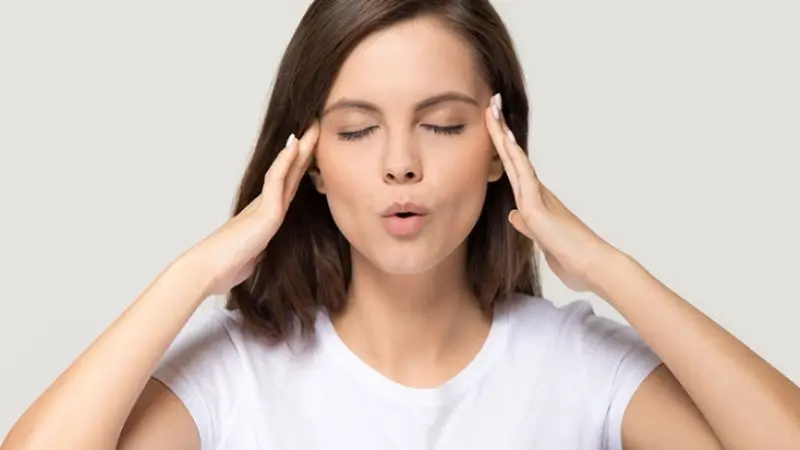Banishing Double Chin with Face Yoga: A Comprehensive Approach
Face yoga, an amalgamation of yoga techniques targeting the facial and neck muscles, has gained significant popularity as a natural method for skin rejuvenation and combating signs of aging. This article will delve into the world of face yoga with a focus on exercises designed to tackle a double chin, offering insights into their effectiveness and the scientific reasoning behind them.
Understanding Double Chin
Submental fat, commonly referred to as a double chin, is a prevalent occurrence characterized by the accumulation of fat beneath the chin. Its development can be attributed to various factors such as weight gain, genetic predisposition, and the natural effects of aging, which may lead to sagging skin. Although double chins are generally harmless, they are often deemed aesthetically undesirable, prompting individuals to seek effective means of reducing them. This is where the practice of face yoga exercises can prove beneficial.
The Role of Face Yoga in Addressing Double Chin
Face yoga targets the 57 muscles of the face and neck, aiming to tone, strengthen, and stimulate them. When we specifically target the muscles around the chin and neck area, it can aid in reducing the appearance of a double chin. These exercises also boost circulation in the face, aiding in the delivery of oxygen and nutrients to the skin cells, promoting healthier and tighter skin.
Scientific Backing for Face Yoga
While scientific research into face yoga, especially with a focus on double chin, is limited, a study conducted by Northwestern University in 2018 did find that consistent facial exercises resulted in a more youthful appearance, primarily through improved fullness in the cheeks.
While this study did not focus on the double chin area, the principles it discusses – the strengthening and toning of facial muscles – are the same ones applied in face yoga exercises designed for a double chin. Hence, we can infer that these exercises may indeed have a positive impact.
Face Yoga Exercises for Double Chin
Here are some simple exercises that target the muscles around the chin and neck area, aiming to reduce the appearance of a double chin:
1. Straight Jaw Jut
Gently tilt your head backward, directing your gaze towards the ceiling. Gradually push your lower jaw forward, allowing for a gentle stretch to be felt beneath your chin. Maintain this position for a duration of 10 seconds, ensuring a steady hold, before relaxing your jaw and returning your head to a neutral position.
2. Ball Exercise
Place a 9 to 10-inch ball under your chin and press down against the ball with your chin, engaging the muscles in your neck and chin. Do 25 repetitions daily.
3. Neck Stretch
Tilt your head back and look at the ceiling while standing. Press your tongue against the roof of your mouth. You should feel a stretch in the area under your chin and your neck. Hold for 5-10 seconds, then release. Repeat 15-20 times.
4. Lion’s Yawn
Begin by opening your mouth widely, extending your tongue as far as possible, and vocalizing the sound “Ahh.” Maintain this position for approximately 10 seconds, allowing the muscles in your neck and under your chin to engage. Subsequently, release the position and relax. Repeat this exercise a total of 10 times, ensuring consistent repetitions. This exercise serves to actively involve and tone the targeted muscles.
Conclusion
While face yoga holds promise in addressing cosmetic concerns like a double chin, it’s essential to approach it with realistic expectations. The impact of face yoga on double chin may vary depending on factors such as the individual’s age, skin elasticity, and genetic predisposition.
Moreover, it’s crucial to remember that face yoga is just one aspect of overall well-being. Maintaining a balanced diet, staying hydrated, getting regular physical exercise, and practicing good skincare habits play a significant role in promoting skin health and fighting the signs of aging.
